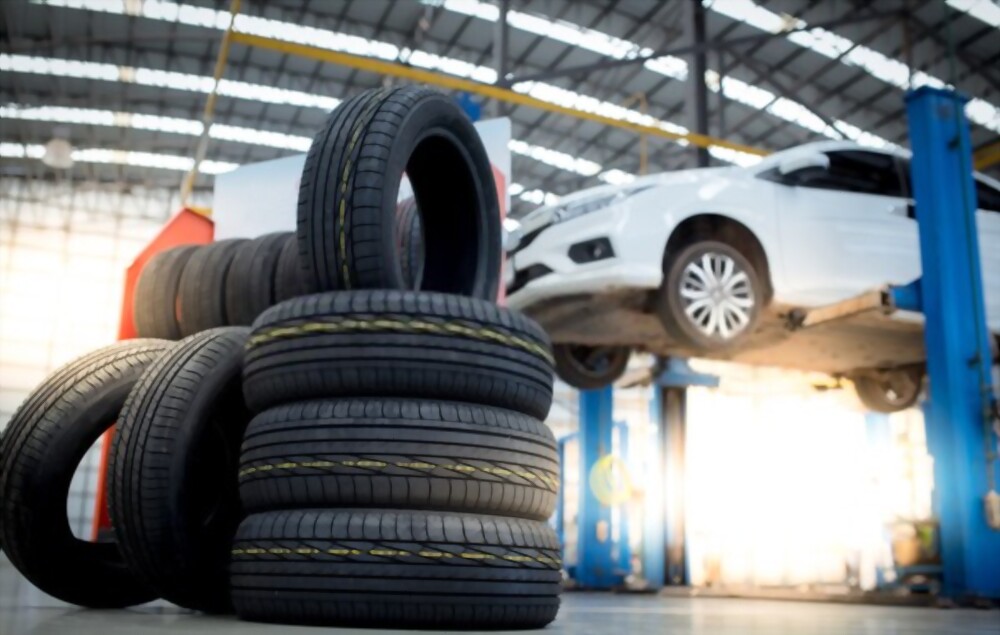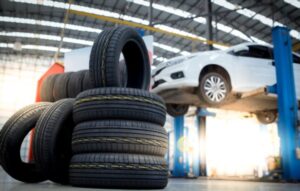When you think about trailer tires, you probably don’t think about the different types of tires available. However, there are two main types of trailer tires: bias ply and radial. While both are suited for trailers, there are important differences to consider when choosing between the two. In this article, we’ll explore the strengths and weaknesses of each tire type to help you decide which is best for your trailer.
The Difference Between Bias Ply and Radial Tires
Bias ply and radial tires have different internal construction methods. Bias ply tires have cords that run diagonally across the tire, creating a criss-cross pattern. This construction makes them stiffer and more stable on rough terrain. In contrast, radial tires have cords that run at a 90-degree angle to the tire’s direction of travel. This allows for a more flexible tire that provides a smoother ride and better fuel efficiency.
Strengths and Weaknesses of Bias Ply Tires
Bias ply tires are known for their durability and strength. They are better suited for rough terrain and heavy loads, making them ideal for trailers that transport heavy machinery or equipment. Bias ply tires also have a higher load carrying capacity compared to radial tires of the same size. However, they are stiff and rigid, which can make the ride on smoother roads somewhat bumpy. Bias ply tires are also more susceptible to heat buildup, which can cause them to wear out more quickly. They can also produce more road noise than radial tires.
Strengths and Weaknesses of Radial Tires
Radial tires are becoming increasingly popular in the trailer world because of their many benefits. They are more flexible than bias ply tires, which provides a smoother and more comfortable ride for you and your cargo. Radial tires also have a longer lifespan than bias ply tires, which means that you won’t need to replace them as often. In addition, radial tires produce less road noise and generate less heat, making them more fuel-efficient. However, they have a lower load carrying capacity compared to bias ply tires of the same size, so they may not be suitable for trailers that carry very heavy loads.
Conclusion
The decision to choose between bias ply and radial tires ultimately depends on your individual needs. If you require a heavy-duty tire for rough terrain and heavy loads, bias ply tires may be the way to go. But if you value a smooth and comfortable ride, fuel efficiency, and long-lasting tires, radial tires may be the better choice. Ultimately, it’s important to consider the terrain you’ll be traveling on and the weight you’ll be carrying, as well as your personal preferences and budget. Whether you choose bias ply or radial tires, make sure to select a reputable brand that will provide durability and peace of mind on the road.





